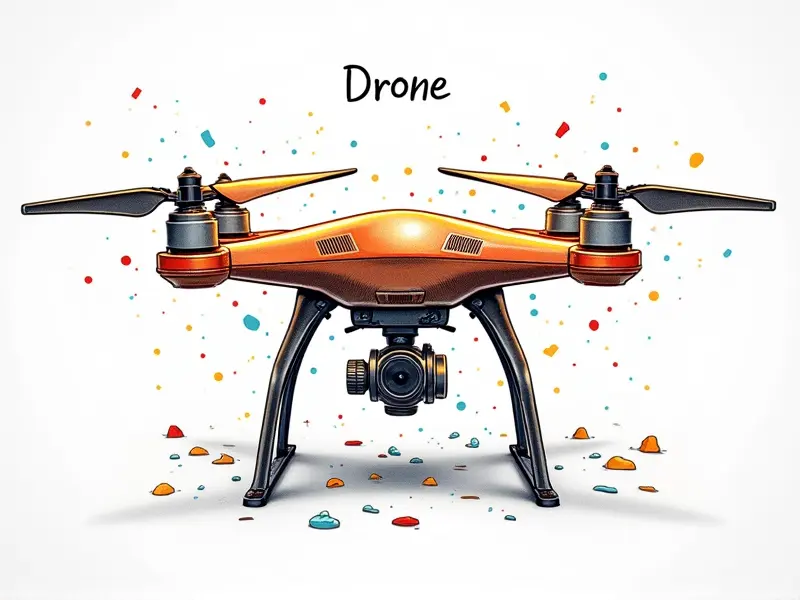Do FPV drones have gimbal?

Do FPV Drones Need Gimbals?
First-person view (FPV) drones are increasingly popular among enthusiasts and professionals alike, offering a thrilling aerial perspective. One of the key components that can significantly enhance the performance and stability of an FPV drone is the gimbal. But do FPV drones need gimbals? The answer depends on your specific use case.
Benefits of Using Gimbals in FPV Drones
Gimbals provide several advantages for FPV pilots:
- Stabilization: They help maintain a stable camera angle, reducing the impact of drone vibrations and movements.
- Smooth Video: Gimbals ensure smoother video footage, making it easier to capture high-quality shots during races or aerial photography.
- Better Visibility: A stabilized camera provides a clearer view for pilots, enhancing the overall flying experience and control over the drone.
Can You Fly FPV Without a Gimbal?
Absolutely! Flying an FPV drone without a gimbal is entirely possible. However, you might notice some drawbacks:
- Vibration: The camera may shake and produce blurry footage due to the lack of stabilization.
- Limited Control: Without a gimbal, it can be harder to maintain precise control over your drone's orientation during high-speed maneuvers.
Impact of Gimbals on FPV Drone Performance
The inclusion of gimbals in FPV drones has a significant impact on their performance:
- Better Aerial Photography: Smooth, stable footage is crucial for capturing stunning aerial shots.
- Enhanced Racing Experience: Gimbals provide better visibility and control during high-speed races, allowing pilots to navigate more effectively.
Do FPV Racers Use Camera Gimbals?
Many FPV racers do use camera gimbals. These devices help maintain a steady view of the race track, which is essential for maintaining speed and maneuverability during high-intensity races.
Essential Gear for FPV Drones: Gimbals?
Gimbals are considered essential gear for many FPV pilots, especially those who prioritize video quality and stability. However, the necessity of gimbals depends on your specific needs:
- For Aerial Photography: Essential to ensure smooth footage.
- For Racing: Recommended for better visibility and control during races.
FPV Drone Stability with or without Gimbal
The stability of an FPV drone can vary significantly depending on whether it uses a gimbal:
- With Gimbal: Provides enhanced stability, reducing vibrations and improving overall control.
- Without Gimbal: May experience more vibration and less precise control during high-speed maneuvers.
Is a Gimbal Necessary for Quality FPV Video?
A gimbal is highly recommended if you want to achieve quality video footage with your FPV drone. It ensures smoother, clearer shots that are essential for professional-grade aerial photography and videography.
The Role of Gimbals in FPV Racing Drones
In the context of FPV racing drones, gimbals play a crucial role:
- Improved Visibility: Helps maintain clear visibility during high-speed races.
- Better Control: Enhances control over the drone's orientation and movements.
Should Newbies Use Gimbals on FPV Drones?
New pilots might find gimbals beneficial as they help in stabilizing the camera, making it easier to learn and fly FPV drones. However, beginners should also practice flying without a gimbal to understand basic drone control.
FPV Drone Camera Mounting Options: Gimbal or Not?
The choice between using a gimbal or not depends on your specific requirements:
- Gimbal: Ideal for those who prioritize video quality and stability.
- No Gimbal: Suitable for pilots focusing more on maneuverability and control without the added weight of a gimbal.
Conclusion
In conclusion, while FPV drones can function effectively without gimbals, incorporating a gimbal offers numerous benefits such as improved stability, smoother video footage, and better visibility. Whether you choose to use a gimbal depends on your specific needs and preferences. For those prioritizing quality aerial photography or racing performance, investing in a high-quality gimbal is highly recommended.

